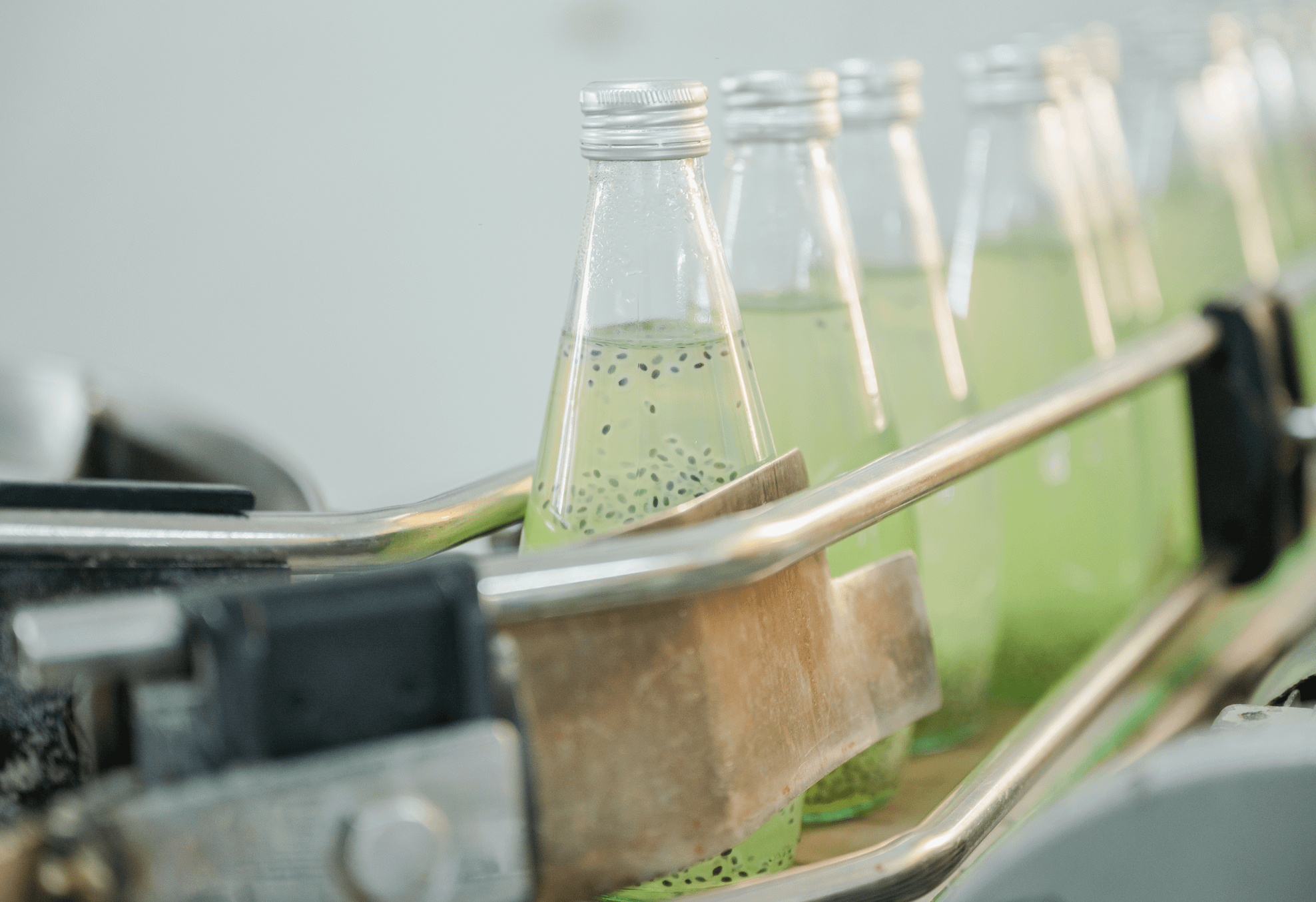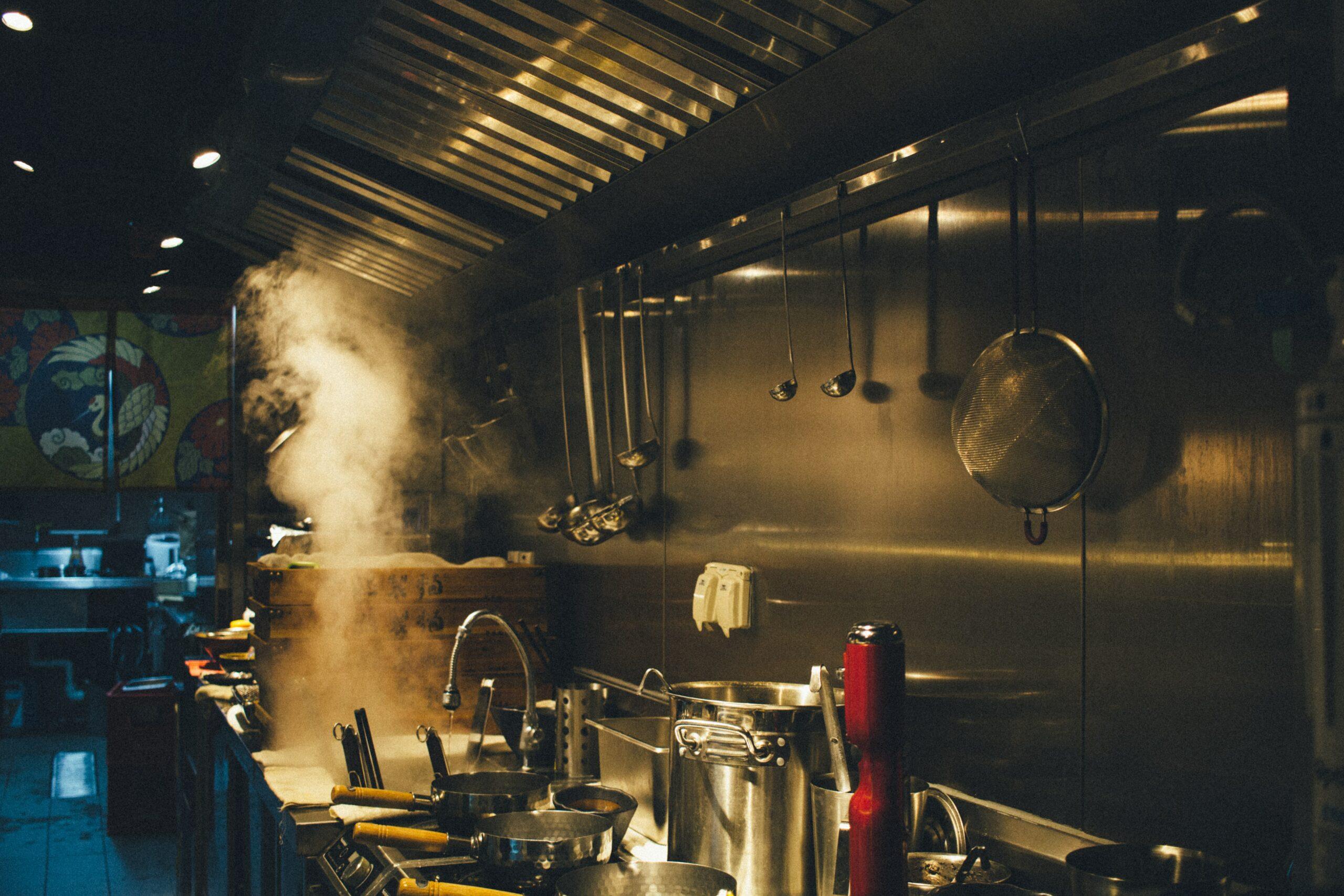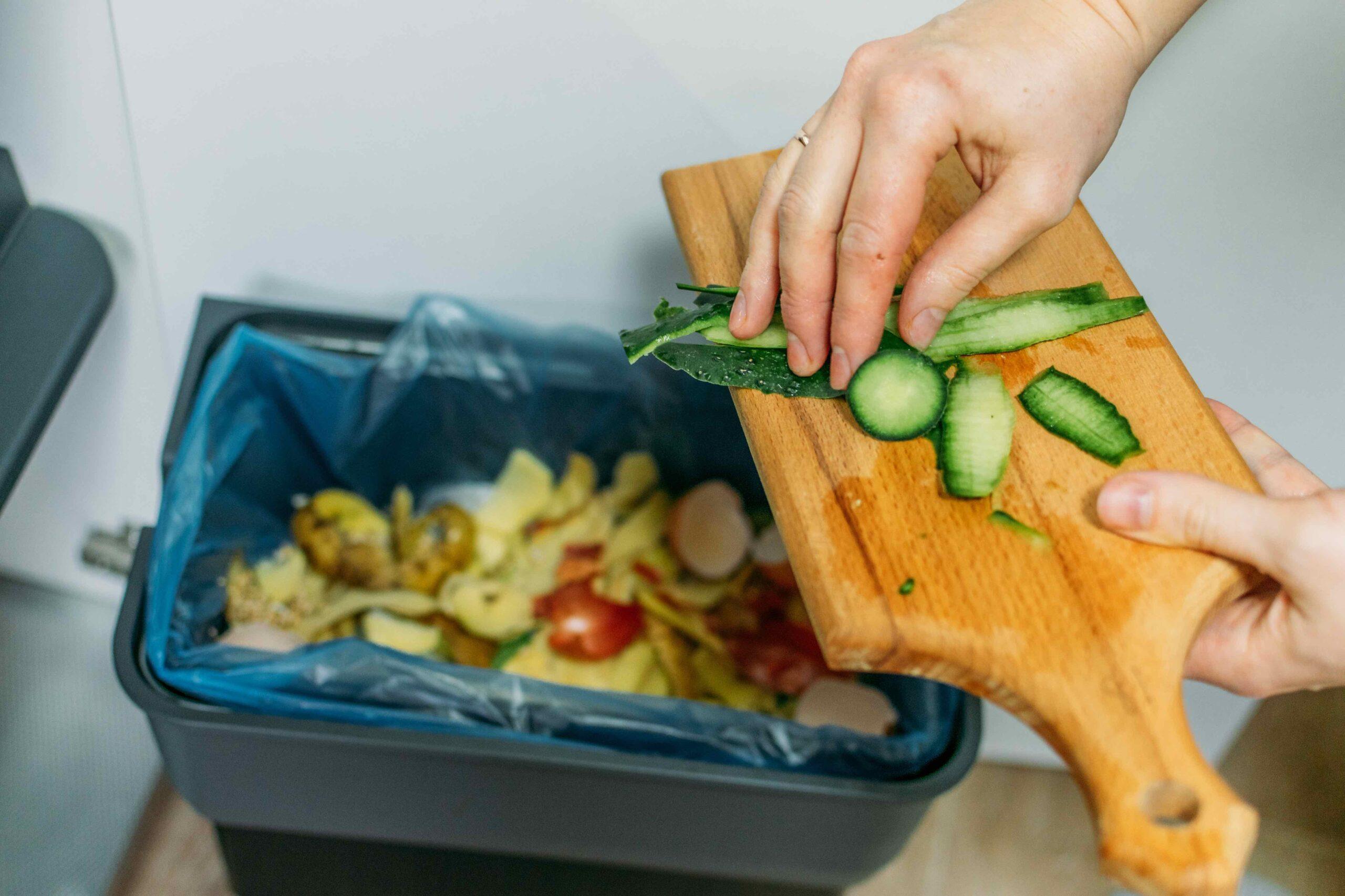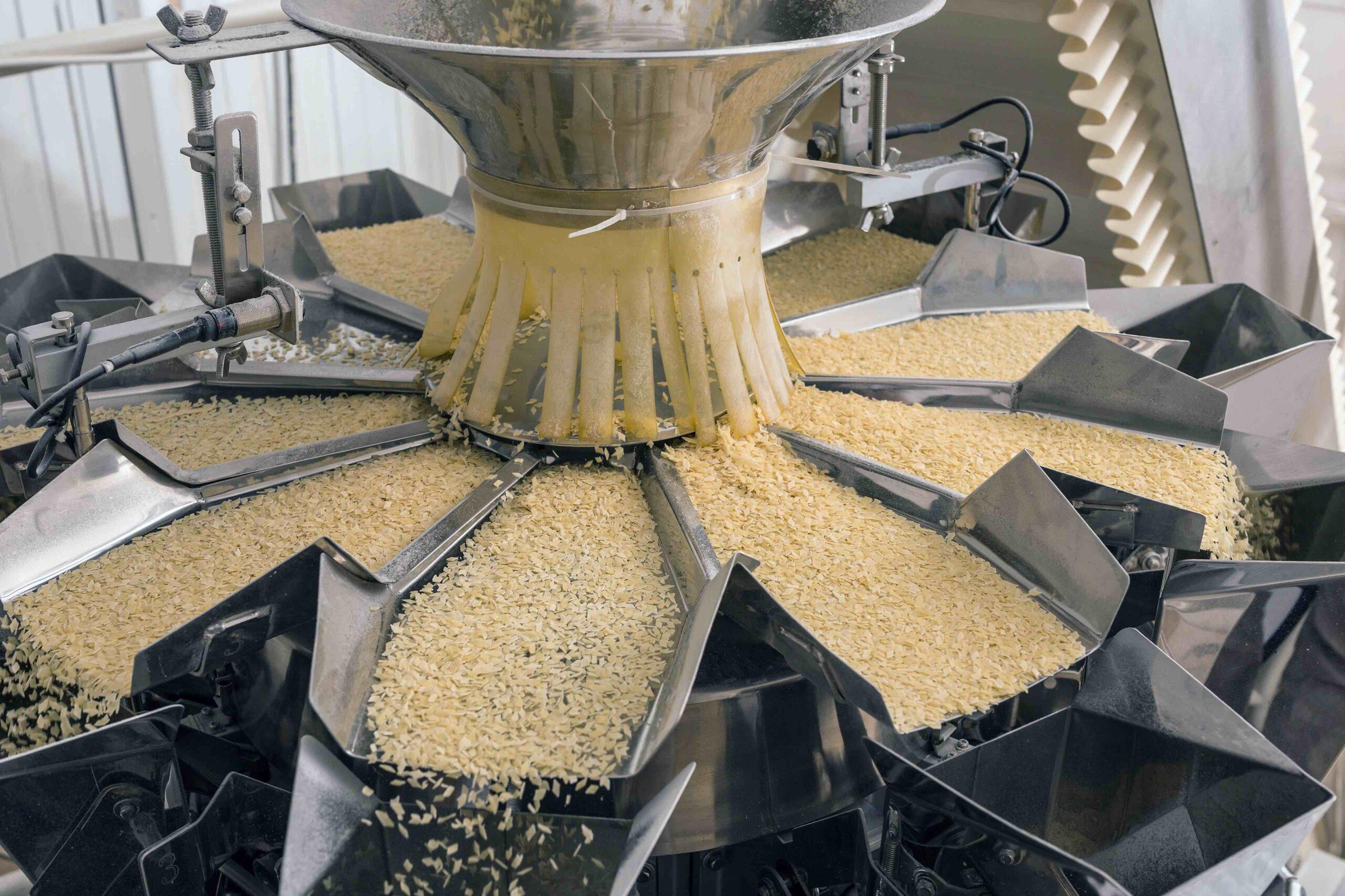The way in which we consume food has hugely transformed since the turn of the century. We take a look at how the industry is evolving as it adopts new technologies.
When we talk about technology, food isn’t often the first thing that comes to mind. But that seems to be changing as more and more of us utilise delivery apps, meal-prep services and subscription boxes.
Not only that, the food industry is also utilising advancements in technology to improve the supply-chain, manufacturing processes and even to tackle malnutrition due to food shortages. We explore the various ways technology is both challenging and changing the food industry.
Internet of Things
The Internet of Things (IoT) refers to the increasing number of electrical devices that are connected to the internet, pretty much at all times. The industry is said to be worth a whopping £100 billion, and it’s clear to see why when we individually engage with 601 internet-connected devices every single day. Woah!
But how does the IoT impact the food industry? From improving manufacturing processes and food safety to how products get to market, the IoT has a surprisingly important role to play within the industry.
Improving Food Safety
Food safety is quite obviously one of the most important things within the industry. Tech advancements and the IoT has drastically changed food safety procedures throughout the globe. Real-time tracking is one of the most useful tools as manufacturers can closely monitor critical factors such as temperature and intervene as soon as a problem arises. Thus, reducing waste due to contamination or other conditions, and ensuring every item that leaves the factory is safe for human consumption.
Supply Chain Traceability
Traceability throughout the supply chain is becoming increasingly important to customers as society places more and more emphasis on protecting the environment and reducing carbon emissions. Enabling customers to track exactly where their food comes from and the journey it’s been on to arrive in UK supermarkets, allows them to make informed decisions when it comes to their food. For brands, it demonstrates honesty and transparency and helps to build customer trust.
Traceability is also important when it comes to finding the origins of foodborne viruses – the recent pandemic highlights the importance of this capability.
Dark Kitchens
The dark kitchen phenomenon has been silently growing and expanding over the past few years, but has only really become recognised in recent months. Dark kitchens (also known as ghost, shadow or cloud kitchens) are solely focused on catering to the take-away market. Often located within industrial units or warehouses in undesirable areas where overheads are low, these kitchens create various dishes which they primarily sell via delivery apps such as JustEat and Deliveroo.
The growth of dark kitchens accelerated during the pandemic with businesses having to pivot so quickly in order to stay afloat. Now there are approximately 750 dark kitchens in the UK, so they’re clearly going down very well! In our ‘I want it now’ society, it’s clear that dark kitchens have read the room exceptionally well and technology has allowed them to flourish!
Reducing Food Waste
Approximately 1.3 billion tons of food goes to waste every year – shocking right? But the IoT is set to drastically reduce this statistic by continuously monitoring the condition and temperature of food and alerting supervisors and managers when something goes awry.
Additionally, ‘Smart Farming’ is based on the IoT and helps farmers to increase efficiency, thus reducing food waste. There are many tools used to do this, ranging from smart agriculture sensors to livestock tracking devices, agricultural drones and smart greenhouses. A great example is SmartRisk by Cropin which is a predictive monitoring solution for farmers so they can easily identify the poor-performing areas of land within their plot and focus their attention elsewhere.
Improved Manufacturing Processes
Technology has streamlined the food manufacturing process as businesses become more automated and more reliant on the IoT. Many food manufacturing plants have streamlined their traditional processes (such as conveyor picking) by implementing automated machinery and robotics in order to increase productivity and reduce error.
The increased level of automation enables employees to spend their time on more complex tasks as they can rely on automated machinery to get repetitive jobs done to a high-standard.
Overall, it’s clear that technology has had a huge influence on all aspects of the food industry and we can’t wait to see how it evolves over the next few years!
If you’re in the restaurant biz and need a brand spanking new website to keep up with the competition, don’t hesitate to get in touch!















